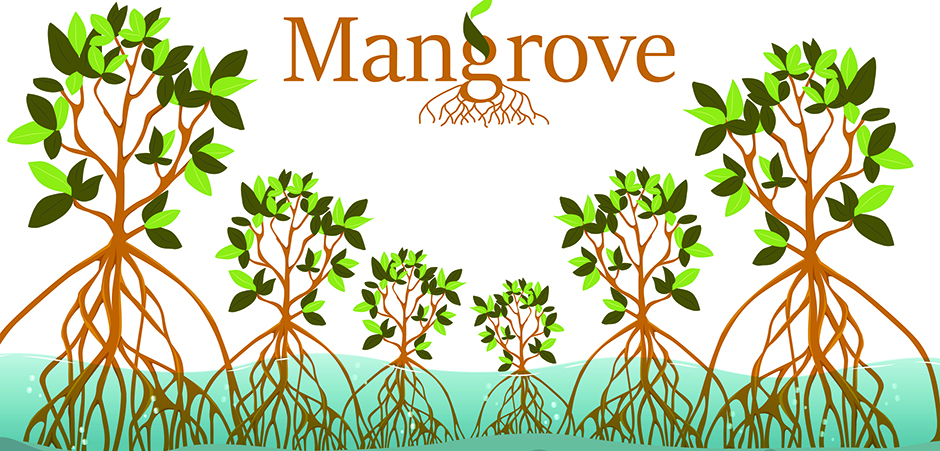Mangrove is making a comeback. Established in 2008 and defunct for the past several years, the undergraduate literary journal is undergoing a new look and feel thanks to the help from several eager, impassioned students, supportive staff of advisers, the University of Miami English Department, and the English honor society Sigma Tau Delta.
“Mangrove had historically been a wonderful outlet for creative expression at UM,” said Professor of Creative Writing Jaswinder Bolina, who is also the faculty adviser for Mangrove. “Having it back is a huge opportunity to revitalize the entire campus’s engagement with creative writing and literature.
“I know we have a ton of passionate readers and writers among the student body, and I’m sure they’ll be thrilled at the chance to rediscover a space to share their work, not just with students here, but—because Mangrove is nationally distributed—with students across the country.”
UM sophomore Anandi Ayan Bien-Aime has been writing poetry and engaging in creative writing since she was a child. Majoring in motion pictures with minors in business law, Africana Studies and Japanese, Bien-Aime’s passion for creative arts became cemented when she served as co-editor-in-chief of her high school’s literary magazine—and her passion continues to remain evident in her drive to resurrect Mangrove.
Mangrove provides an “opportunity to share what resonates with you,” said Bien-Aime, who now serves on Mangrove’s editorial board and is the journal’s managing editor. “‘Is my voice valuable?’ With such global instability these past couple of years, I have found myself and many students internalizing and asking that question. And the answer—yes, it is. It always is! Especially now, positively expressing yourself and sharing your authentic voice can provide an uplifting and invaluable experience."
In addition to featuring creative writing submissions, Mangrove will also accept art submissions. This includes, but is not limited to, 3D-scanned images of sculpting, jewelry, photography, paintings, and drawings.
“Submitting your creative project, which is a piece of yourself, to a journal requires confidence in yourself and in your work. Having a home-based publication like Mangrove offers an accessible opportunity to start building that confidence and that belief that your work is something worth reading and experiencing,” said UM junior and Mangrove’s Editor-in-Chief Sakina Anwar Qazi.
Mangrove’s editorial board, which began meeting last semester, is comprised of eight undergraduate students. The immediate goals of the editorial board are to produce an online edition to be released in the spring. While the editorial board prefers to release physical editions of the journal, they recognize the benefits of an online edition during the pandemic.
“Some of the world’s most groundbreaking, inspirational artistic pieces were created during troubled times, and we want to serve as the perfect outlet for creative students to share their work with not only the greater student population but also the general public,” said Mangrove’s Vice President of Publicity and Correspondence and UM senior Hugh Patrick Burgdorf.
“UM’s student body is a diverse one with students coming in from all kinds of backgrounds and experiences. Whether you’re a transfer student or you started college here, whether you’re a native South Floridian or a Midwesterner like me or an international student, whoever you are as a person and however you identify, we want to make sure that Mangrove clearly and proudly offers a space for you,” said Professor Bolina.
More information on how to get involved with Mangrove can be found on the Engage website.

